5 februari 2024 – Leiden, the Netherlands
Transform Your Art with AI
In the realm of art and creativity, the advent of AI art has ushered in an era reminiscent of the transformative leap from traditional to digital photography. Just as digital cameras allowed photographers to instantly review and refine their shots, AI art tools have revolutionized how we conceive, create, and iterate on visual concepts. For me, the essence of this revolution lies in the exhilarating process of discovery—a journey that combines the thrill of experimentation with the immediacy of digital creation.
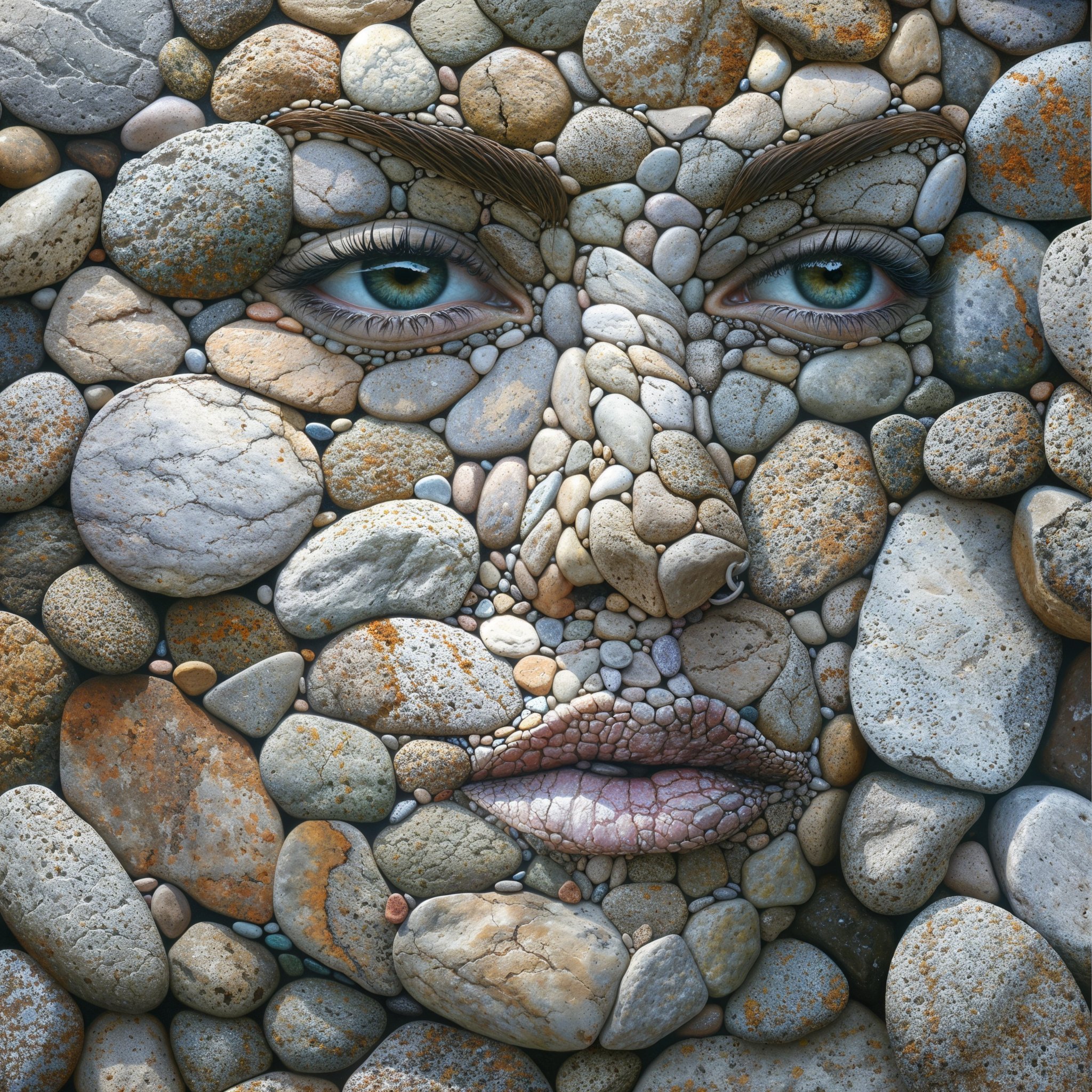
A Collaborative Dance of Creation
Engaging with AI to create art is akin to a dance with a partner who constantly surprises you. With each step, AI introduces unexpected twists and turns, sparking inspiration and pushing the boundaries of creativity. This collaboration allows me to explore a myriad of thoughts and ideas, bringing them to life visually without the painstaking hours of traditional drawing or painting. It’s not merely about instructing the AI but engaging in a dialogue where its outputs offer new directions and perspectives.
Quick Iteration and Immediate Feedback
The speed at which AI art tools operate is nothing short of revolutionary. They embody the essence of what made digital photography a game-changer: the ability to quickly see the result of your creative decisions and adjust on the fly. This rapid iteration process is crucial for creativity, as it allows me to sift through my plethora of ideas, discarding those that don’t resonate and refining the ones that do. It’s a dynamic process of trial and error, where the immediacy of feedback is invaluable. Similar to photography, you don’t have exact control of your subject, at least, not yet, but you have enough control to spark a creative process.
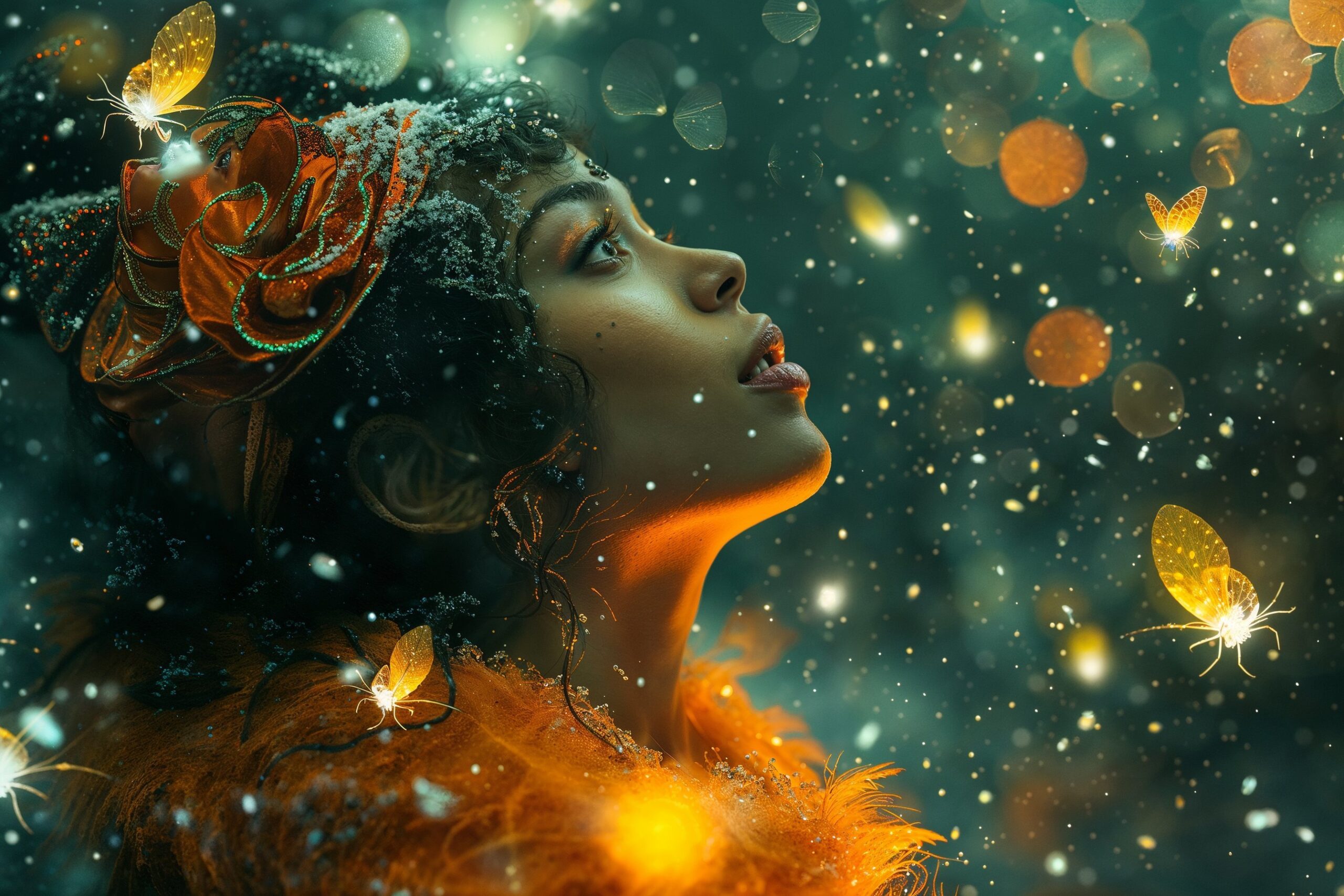
The Element of Surprise
One of the most delightful aspects of AI art is its inherent unpredictability. Despite—or perhaps because of—the need to describe your vision in detail, the AI often incorporates surprising elements that diverge from your original intent. These surprises are not setbacks but sources of inspiration, encouraging further exploration and refinement. It’s this serendipity that enriches the creative process, making each interaction with AI a journey of discovery.
Reflections on Digital Photography and AI Art
The parallels between the evolution of photography and the emergence of AI art are striking. Just as digital photography democratized the ability to experiment with images, AI art has made visual creation accessible to a broader audience. This democratization of creativity empowers us to test and visualize our ideas with unprecedented speed, allowing for a more playful and experimental approach to art.
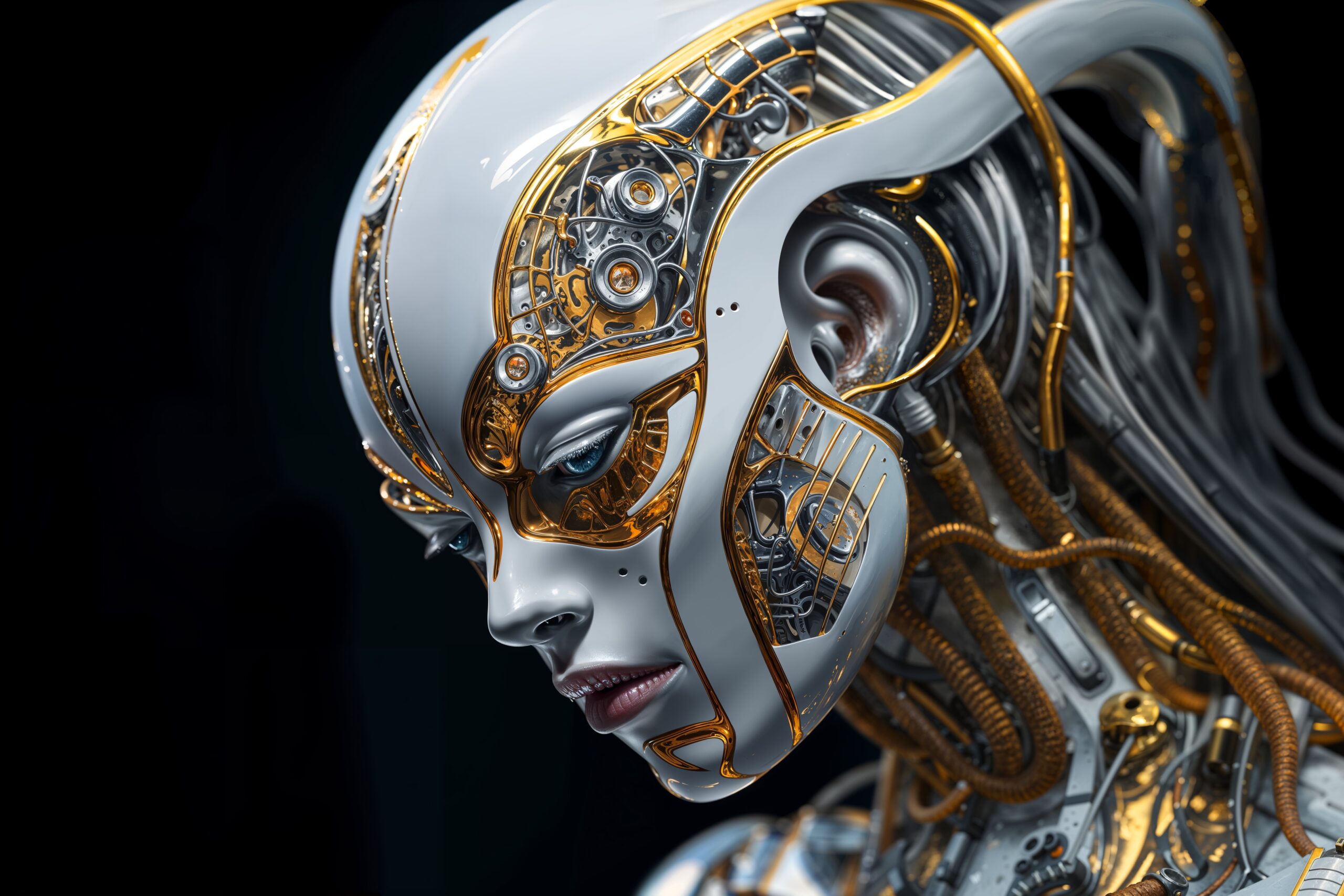
Embracing the Quick Test of Ideas
Many of my ideas, while abundant, are not fully formed at their inception. The ability to quickly visualize and test these concepts is one of the most empowering aspects of AI art. It helps distinguish the wheat from the chaff, revealing which ideas have the potential to evolve into something meaningful and which are better left behind. This rapid validation process is essential for creative growth, enabling us to learn, adapt, and improve with each iteration.
Art for Art’s Sake
Ultimately, AI art challenges us to reconsider the purpose of art. While the commercial aspects cannot be ignored, art’s true value lies in its ability to inspire, provoke thought, and evoke emotion. AI art, by making the process of creation more accessible, invites more people to explore their creativity. It’s a reminder that at its core, art is about expressing the human experience, with or without AI.
In embracing AI art, we’re not just witnessing a shift in how art is made; we’re participating in a broader democratization of creativity. It’s an exciting time to be an artist, an enthusiast, or simply someone curious about the endless possibilities of human expression.
Navigating Copyright and Creativity
The discussion around AI art often veers into concerns about copyright and creativity. However, I believe that the essence of creativity transcends the relatively recent constructs of copyright. Historically, art has always been about inspiration and iteration, learning from and building upon the works of previous generations. The development of art through the ages—be it in techniques, perspectives, or the exploration of new themes—highlights a continuous dialogue between artists and their environment.
Copyright, while important for protecting commercial interests, should not stifle this creative dialogue. The AI’s ability to draw from a vast history of artistic expression and produce works that resonate with established principles of good composition and color use is a testament to the collective human achievement in art. It democratizes the ability to create, making artistic expression accessible to many who may not have the means or time to dedicate years to traditional study.
.
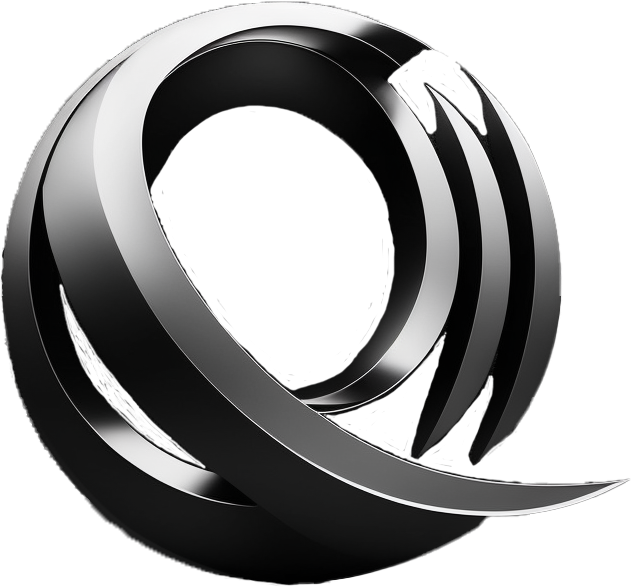

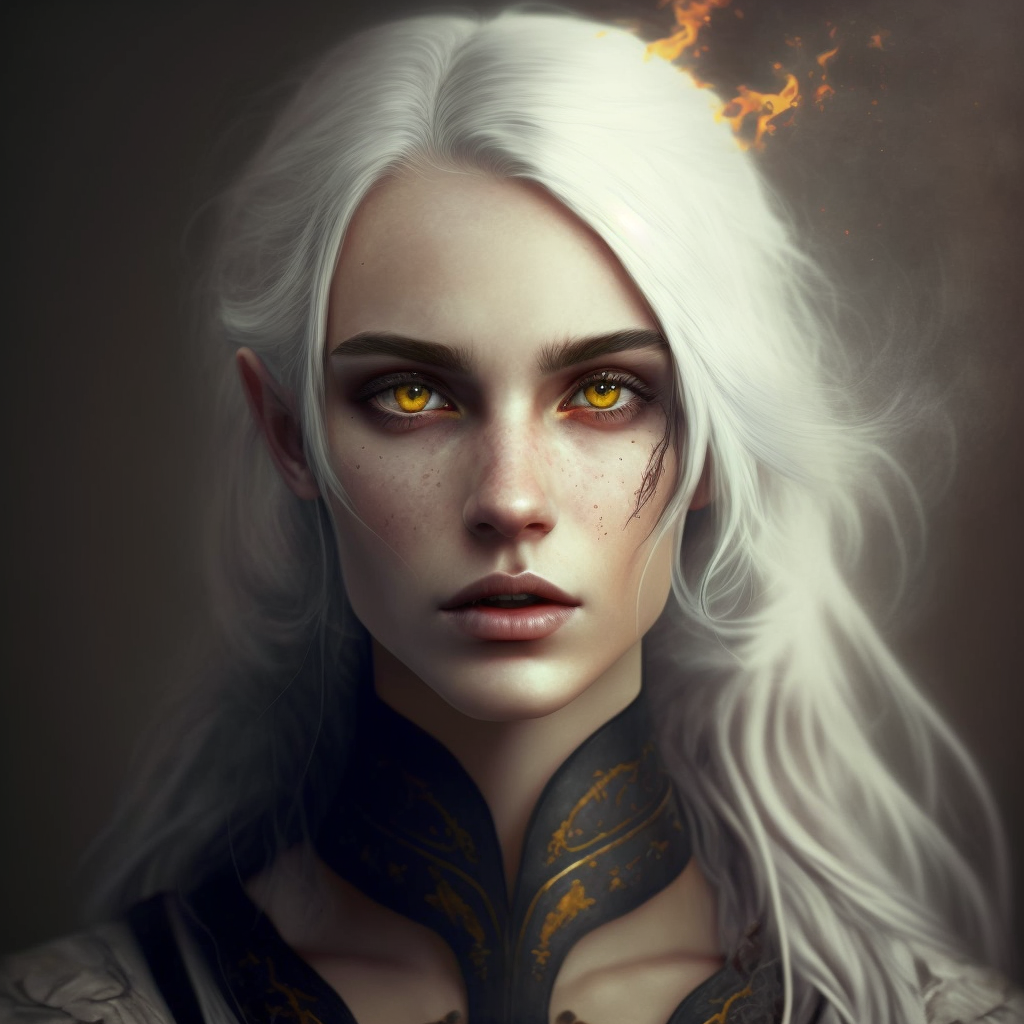
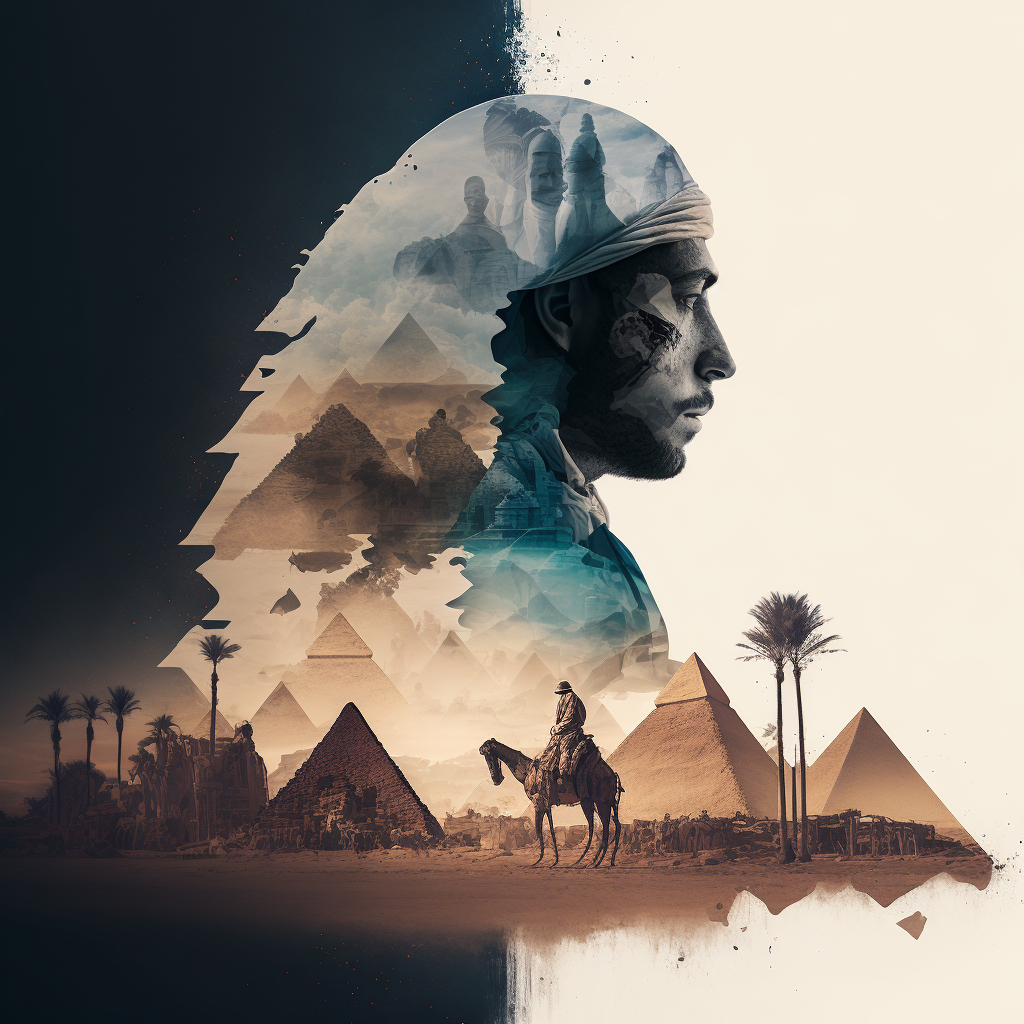
0 reacties